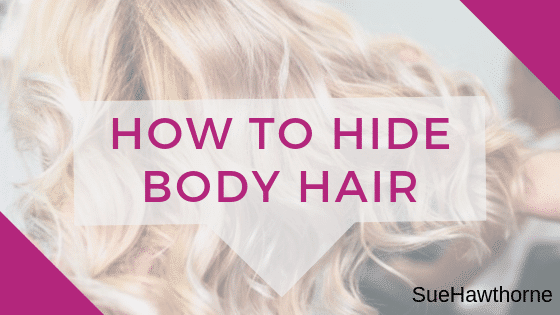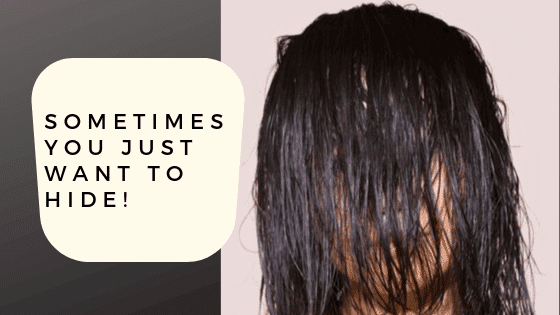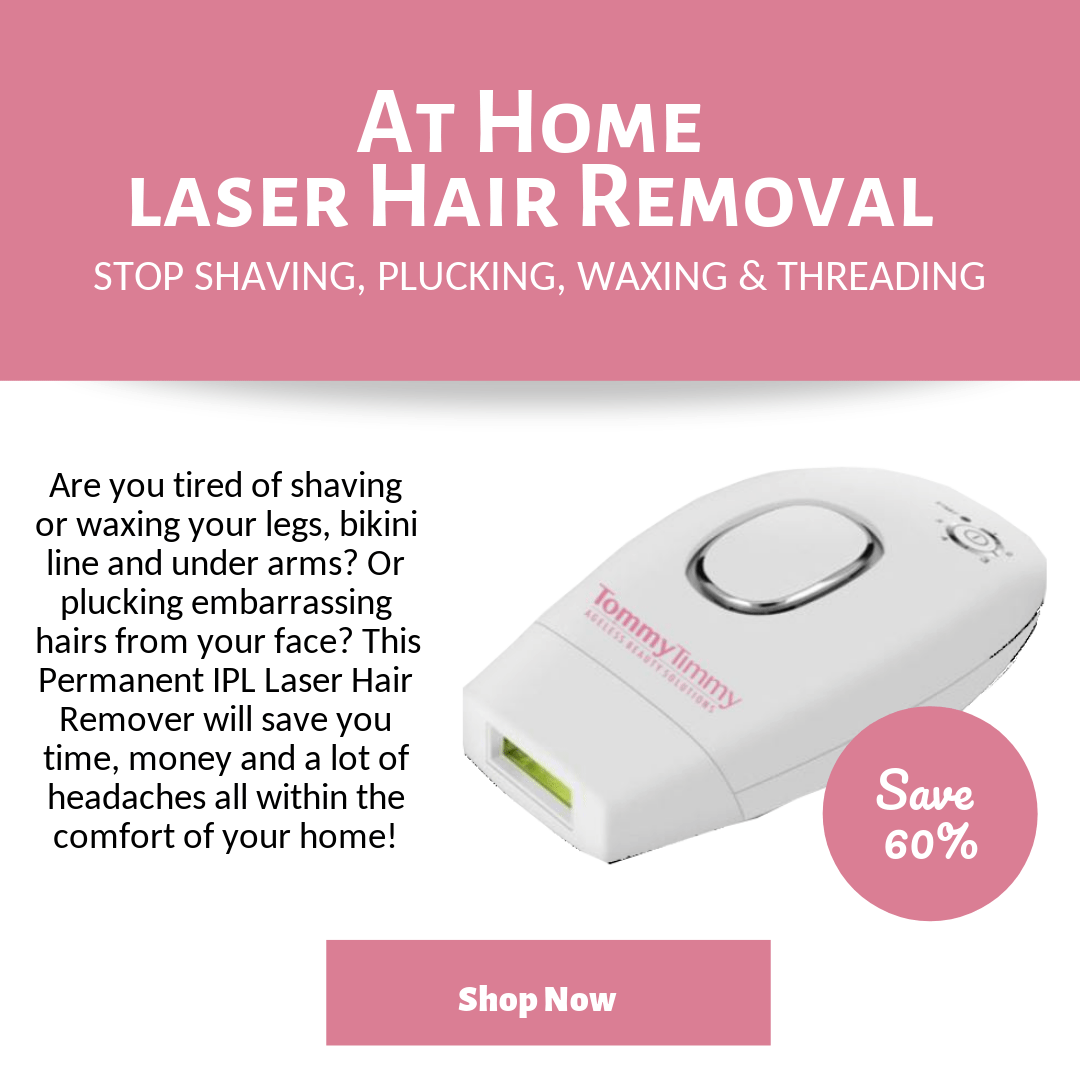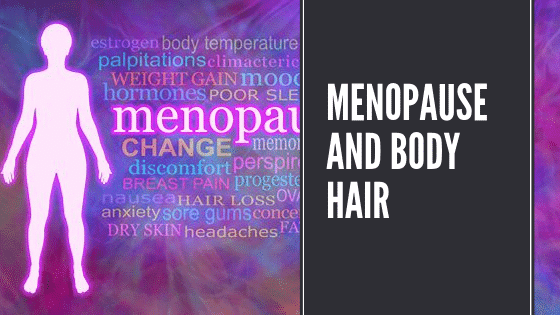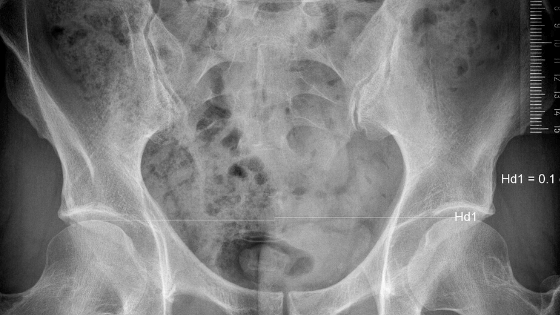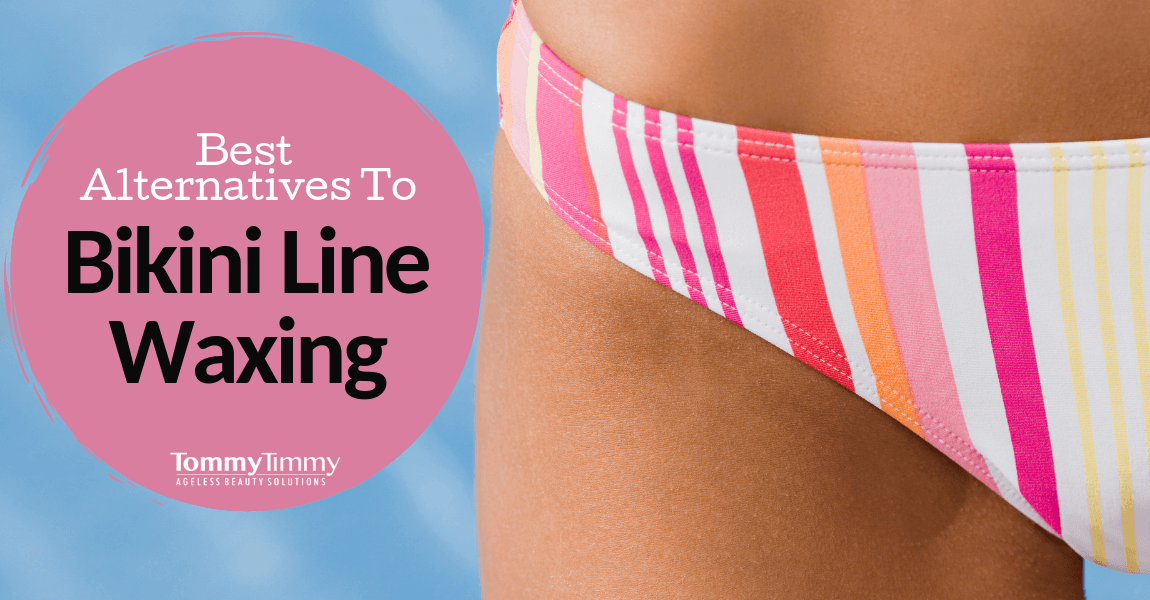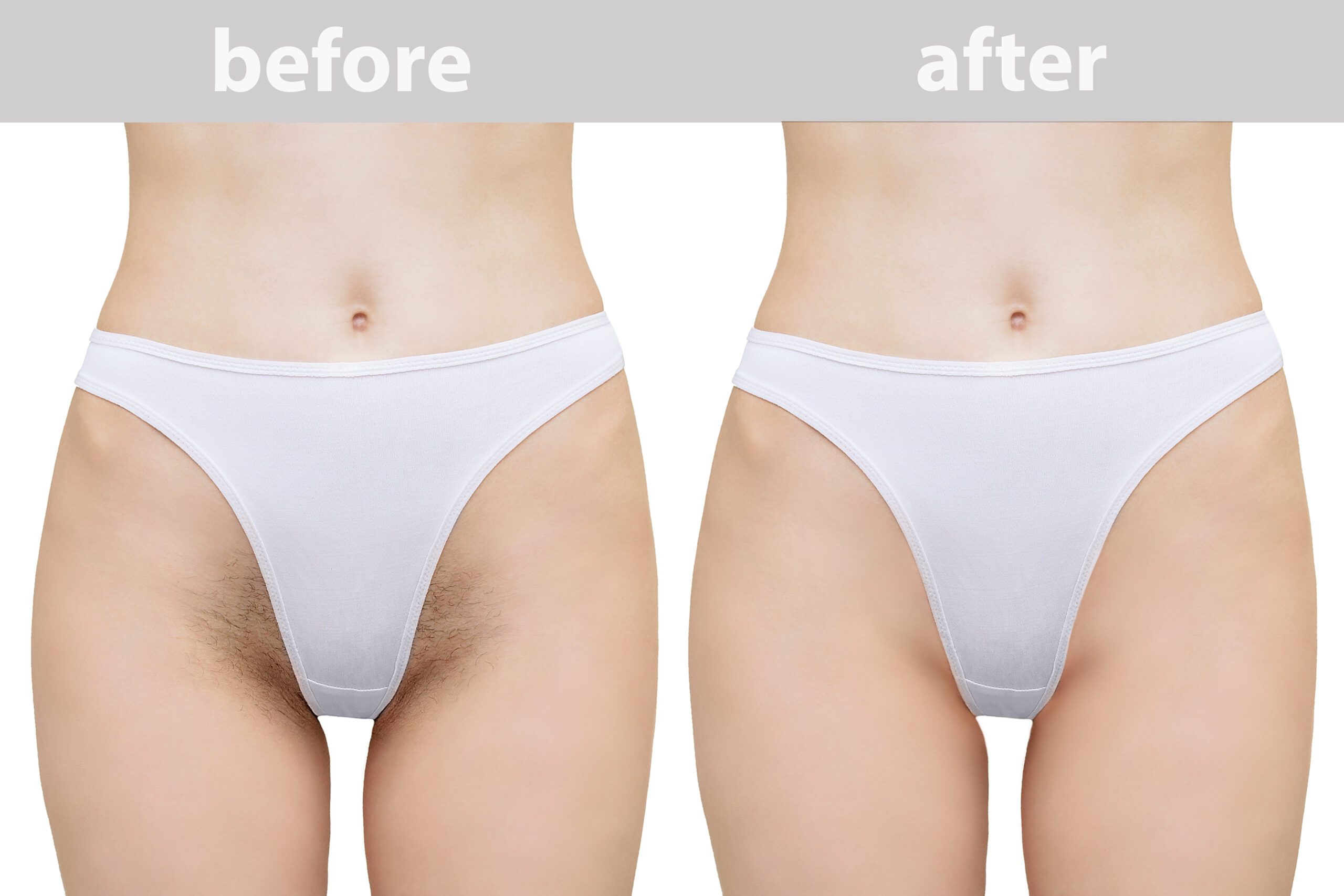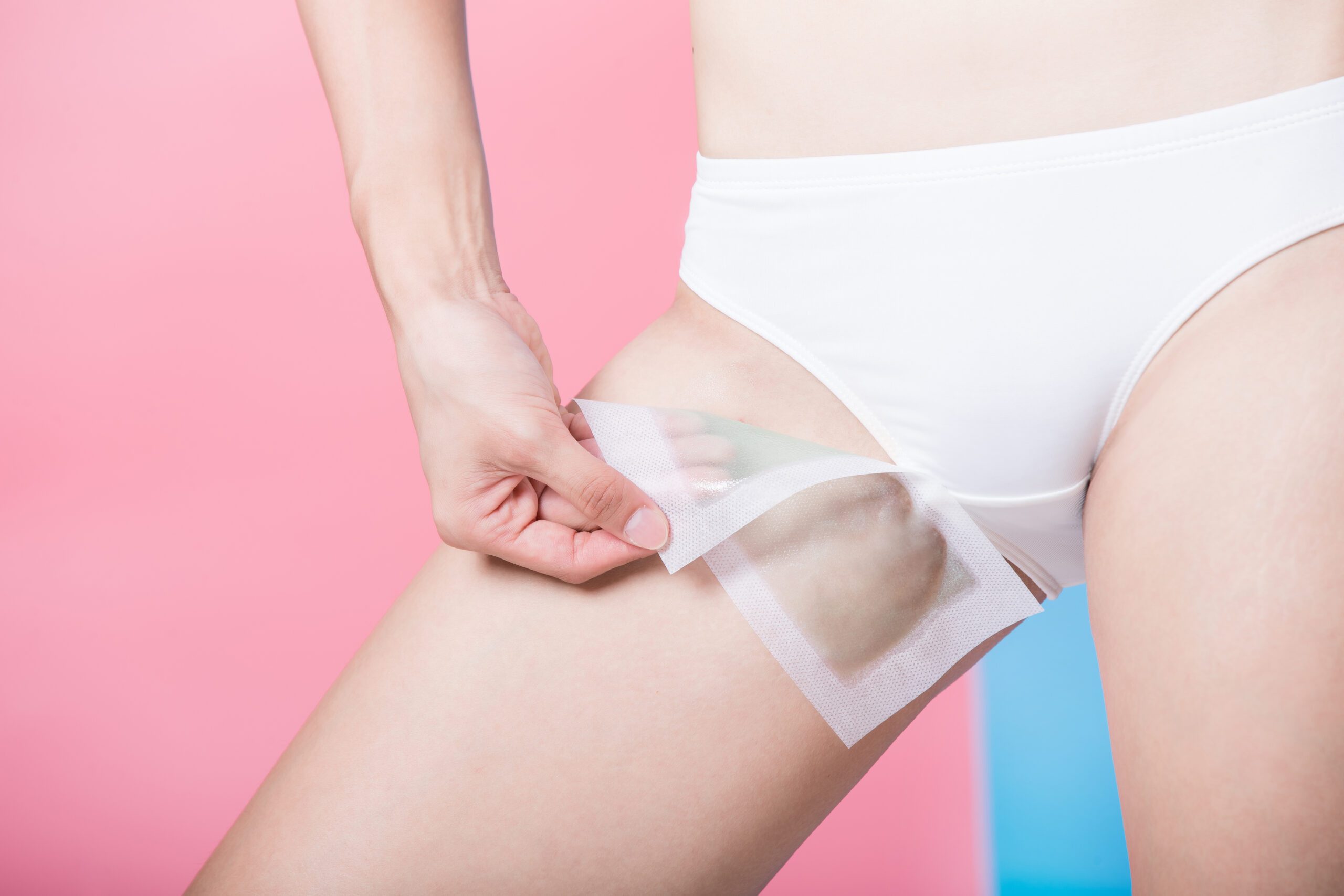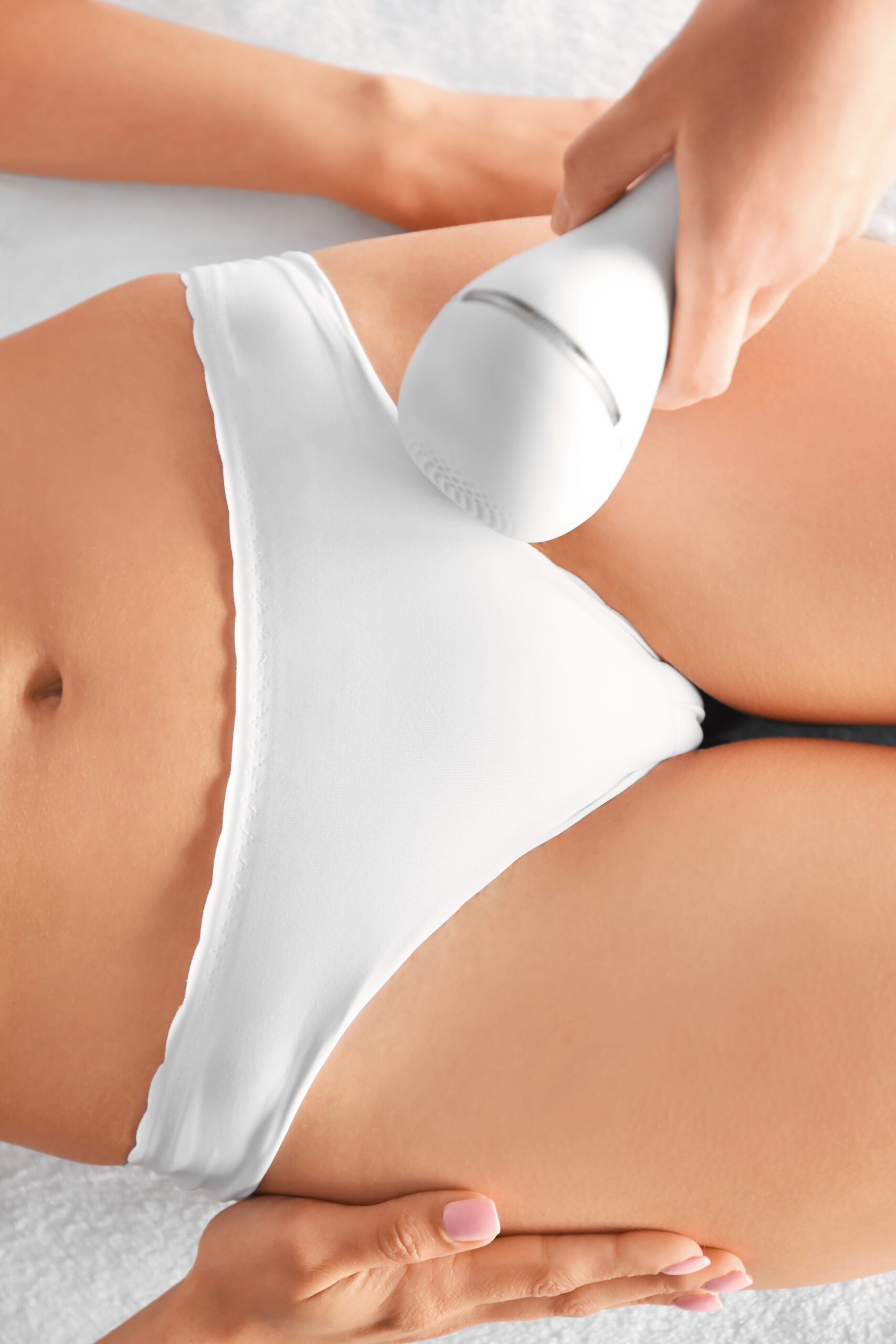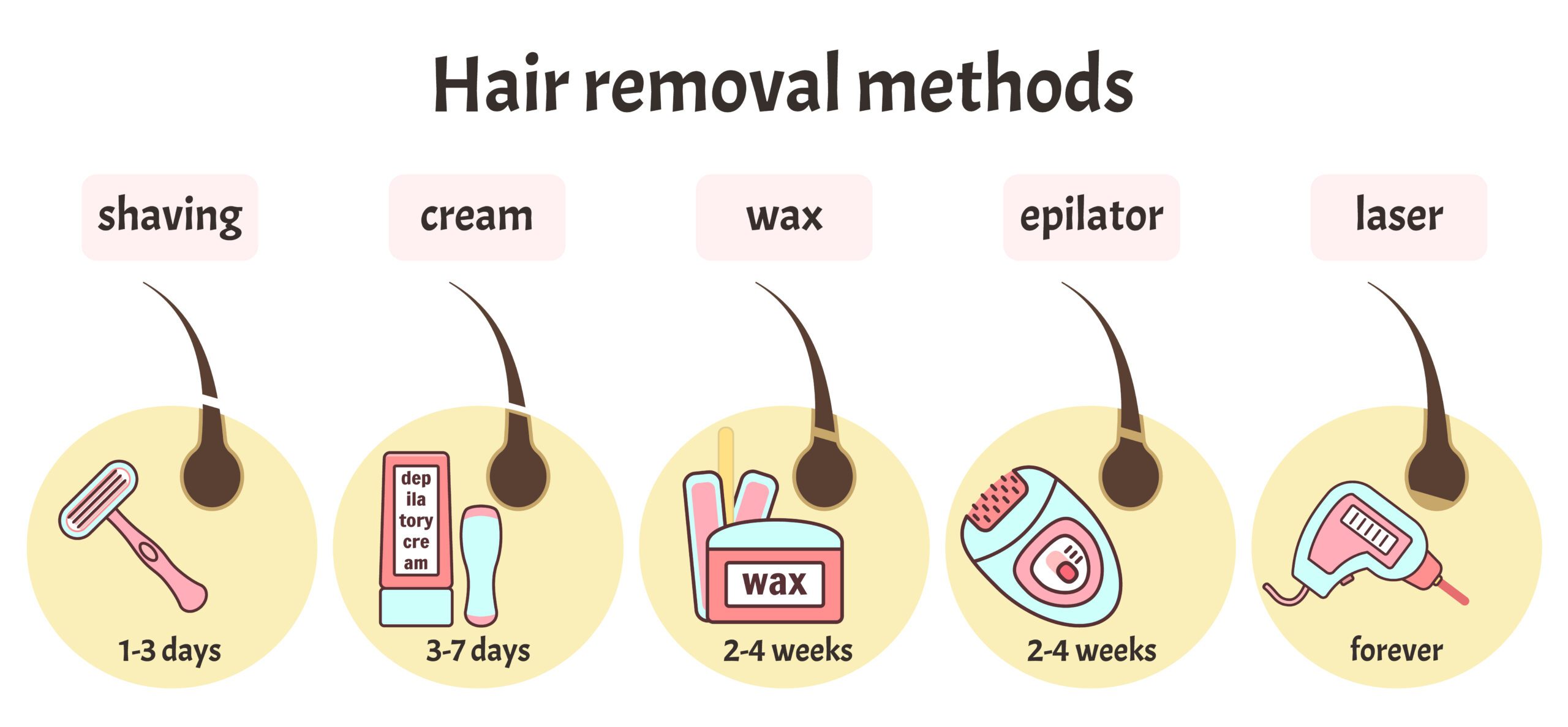Introduction
All healthy human beings have body hair. Whether it’s an infant or an older person, these hairs are spread throughout the body. What causes a difference in their concentration and causes excessive body hair is age and gender. Both girls and boys normally begin to experience a higher level of concentration at the onset of puberty. However, the amount of body hair may decline with age. But is it possible to hide body hair? Is body hair removal an option, and if so, what are some hair removal methods?
Although we will not discuss hair removal methods at length, below is an overview of different types of body hair removal techniques you can use to hide them completely.
Types of Body Hair
They are two (sometimes 3) types of women’s body hair, and they include:
1. Terminal Body Hair
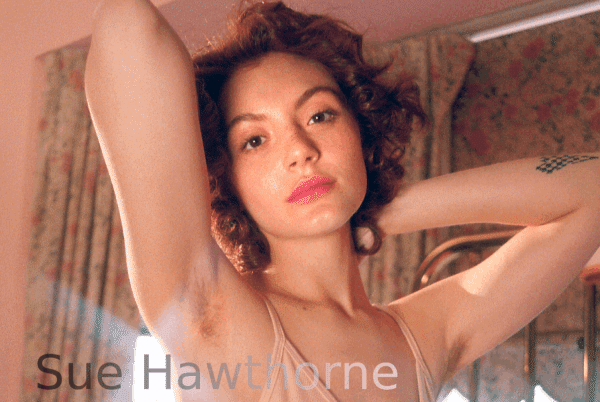
This is a thick and long hair that’s pigmented. Although hair is found on the face and scalp, you can still find terminal hair in the armpits and the pubic region. This type of body hair is sometimes referred to as puberty hair. This is because a change usually influences its growth in hormones that occur at puberty.
Puberty usually ranges between ages 8-15 years. During puberty, the growth of this type of hair is mainly on the pubic region and the armpits. For boys and young men, their facial hair will grow during the later stages of puberty.
2. Vellus Body Hair
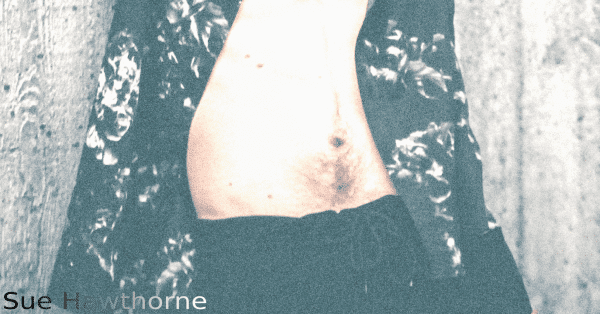
This type of hair starts to grow during early childhood. Vellus is a wispy type of hair that normally covers all parts of the body. Its main role is to keep the body warm. But besides that, it helps to protect the skin. The thickness and length of vellus hair will differ from one person to the next.
Some people have visible vellus hair, and you can even see it under natural light. This is particularly the case with facial hair. On others, it won’t be visible because it’s thin and the hair is less pigmented.
It’s possible to confuse vellus and terminal hair. This is because both of them have the same structure. It should be noted that both terminal and vellus hair grow from hair follicles. However, the latter doesn’t contain the medulla – the hair core’s portion which helps to strengthen and enhance its growth.
3. Lanugo Hair
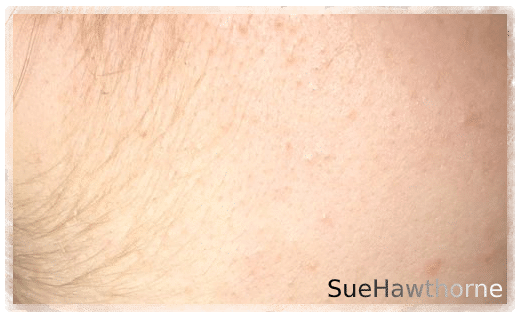
What Is Lanugo
Lanugo is the first type of hair that grows from hair follicles and is usually unpigmented. It is very thin, soft, downy hair. It has some deep resemblance to fur. But this temporary hair is normally replaced by vellus hair before the baby is born.
This type of hair is common in human babies, people who suffer from congenital tumors (aka teratomas), and eating disorders such as anorexia and bulimia.
Lanugo Baby
This is a unique or special type of hair that normally covers the fetus and newborns.
During the development of a human fetus in the womb, lanugo grows as a natural part of gestation. Its purpose is to hold the vernix to the skin and protect damage to the skin from the amniotic fluid.
Lanugo usually sheds before birth but often remains after birth and falls off later.
Lanugo Anorexia
You can also find lanugo hair in anorexic women.
A tell-tale sign of malnutrition such as anorexia or bulimia is lanugo because lanugo’s function is to protect the skin and body.
This is the same reason why lanugo re-surges in older adults. To protect their skin.
The Distribution of Body Hair
Different parts of the body have different types of body hair. Below is a comprehensive outline that highlights the distribution of body hair. There are many different ways to remove body hair. However, we have tried to concentrate on the best ways to remove body hair from different parts of the body.
Pubic hair:
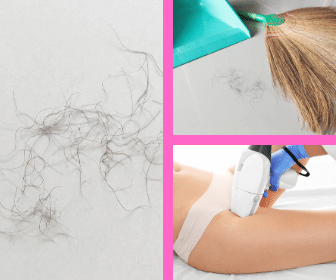
This is usually coarse hair that’s found in the genital areas. The growth of pubic hair is a sign of sexual maturity, and it occurs in both sexes.
Armpits hair:
It is just like pubic hair because it’s coarse. Armpit hair also signals the start of adulthood. With the release of the safety razor, people now shave their armpits frequently.
Arms hair:
It normally grows on the elbow and forearm area. The type of hair that’s found here is terminal.
Chest and abdomen area:
Both men and women normally grow vellus hair in these regions. It should be noted that women can also grow terminal hair on their breasts around the areola. Men normally have lots of vellus hair around the chest and abdomen compared to women. Note that the concentration of this hair may increase with age.
Facial hair:
It’s more prominent in men, although women also have it. Facial hair may start as non-vellus. Men naturally can grow beards. However, some women may also grow them as a result of menopause. Many women take the option of body hair removal to solve this problem.
Feet and Leg Hair:
They normally start growing at the onset of puberty. However, they are more prominent in men compared to women. It should be noted that most people shave their leg hair because of societal pressure. In today’s world, women with hairy legs are usually frowned at.
Body Hair Growth Pattern
It’s important to know how to hide body hair. However, it’s also crucial to know the growth patterns. This will make the process of hiding them easier. The two main types of body hair that humans have are terminal and vellus hairs. They have the same growth patterns, which normally happen in three phases.
1. Anagen:
During this period, hair growth is at its peak. It’s generally a period of active growth, and the hairs normally grow longer. However, terminal hair usually has a longer anagen period compared to vellus hair.
2. Catagen:
This is a transition phase. Catagen is characterized by the hair follicles retracting. The process means that there will be a limited blood supply, and therefore, it’s very easy for hair to fall out.
3. Telogen:
This is a period where the body’s hair stops growing. It’s a resting phase.
How to Hide Body Hair And Body Hair Removal
It’s possible to forget shaving your legs or any other body part. However, sometimes we intentionally avoid shaving because of demanding schedules or medical issues. So, what if you have not shaved and need to attend a public event? As much as some people may find body hair a turnoff, this doesn’t mean that you should shave. So, how can you effectively hide or completely remove body hair?
1. Makeup Application
The use of makeup foundation can help to hide body hair. Darker foundation can come in handy, especially if you are trying to hide facial hair. It helps to cover thick and darker hair effectively. On the other hand, a lighter foundation means that the body hair will easily stick out, thereby creating a mess.
2. Stockings
If you wish to safely and effectively hide your leg hair, then use stockings or pantyhose. These are light clothing which you can wear with nearly all types of clothes. They are also easily available to find in petrol stores, supermarkets, and other local convenience stores.
3. Fully Cover-Up or Wear Darker Clothes
You can wear shirts with long sleeves and trousers to cover up. Additionally, darker clothing can be efficient in hiding unwanted body hair. Besides that, they help to shade the color of the body hair perfectly. This is because they generally make your skin appear darker.
The Politics of Feminine Body Hair

There is so much pressure for females to look in a certain delicate way. That’s why so many women go through rigorous regimes to look their best. For starters, let’s take a look at the pubes. Unless you are in a bikini, there’s no way someone can get a glimpse of what’s there. But people normally shave their pubes completely. Others even do waxing.
Having clean genitals is definitely very important. But have you ever wondered what some of the benefits of pubes are? Well, having body hair in your private region is for protective purposes. Pubic hair helps to protect the sensitive vagina. This helps to reduce the chances of bacterial infection.
Normal Vs. Abnormal Hair Growth in Women
Naturally, women have vellus and terminal hairs. So, it’s not easy to determine excessive hair growth. It’s a normal thing for a feminine person to have fine hair all over the body. It’s also usual for them to have armpit and pubic hair. Some of them even have hairy legs and faces.
However, some may have abnormal hair in excess. This is usually characterized by thicker and darker hair in regions such as the chest, chin, and stomach. Abnormal hair growth in women involves thick hair growing in many parts of the body. In fact, they may have a pattern of male hair growth.
Interesting Facts about Body Hair
Covering body hair can come in handy, especially if you don’t want to shave. To help you understand more about it, here are some interesting facts:
Body Hair Lasts for a Short Period
Compared to the hair on your head, body hair lasts for a shorter period. Its lifespan is usually around 6 months. Additionally, they only grow a few inches long.
You Shed Them Daily
A normal human being normally sheds between 100 and 150 strands of body hair daily. However, the same hair strands will grow within a day or so. The recycling process happens daily. This body hair removal is natural.
Boob Hair Is Not Something Strange

If you are a woman, do not be alarmed because you have hair on your breasts. This is a common thing that almost every woman experiences. Girls in puberty normally grow hair in the region that’s near the areola.
Body Hair Consists of Muscles
It’s interesting to know that body hair also contains muscle cells. In fact, this is what makes them stand on their end.
Technically, there are three types of body hair. Although terminal and vellus hairs are the most common, lanugo is also considered body hair.
The Color of Your Body Hair Can Indicate Genetic Disorders
It is said that women with blonde hair have a higher concentration of estrogen. Additionally, it said that they also higher chances of experiencing learning problems. On the other hand, brunettes are more likely to smoking addicts.
Pubic Hair has a Weird Smell.
Pubic hair is a terminal hair that contains the sebaceous gland. Note that these glands normally produce sweat. Additionally, they produce secretions that protect the private parts from germs, but the secretions also create body odor.
Your Eyelashes Might Have Mites
Demodex are types of mites that are found in eyelashes. A large percentage of people have them, but they are harmless.
Over 50 Percent of People Shave Their Armpits and Pubic Hair Or Use Another Type Of Body Hair Removal
Studies show that most women normally shave their pubes. Additionally, over 50 percent of guys prefer women with no pubes. However, it should be noted that less than 20 percent of guys actually shave their pubic area.
Benefits of Body Hair
Some people don’t want to shave their body hairs. This is why they are clearly interested in finding techniques on how to hide them. Well, if you are going to keep your body hair, here are some of the benefits you can experience.
Regulating of Body Temperature

Body hair helps to regulate temperature. When the temperature is low, they will stand up and trap air. This helps to create an insulation surface. As a result, the trapped air prevents warmth from leaving the body. When it’s hot, the converse happens. The hair lies down to ensure that the body releases as much heat as possible.
Improving Your Chances of Getting Orgasms
Having pubic hair can help to improve your chances of getting orgasms significantly. Did you know that each hair follicle has tiny nerve endings at the base? So, slight friction can help increase sexual sensation. This means that shaving actually reduces your chances of experiencing orgasms.
Increased Production of Pheromones
Research studies show that body hair helps to enhance the production of pheromones. These hormone-like chemicals can help to attract the attention of potential sexual partners.
Lower Chances of Skin Infection
Shaving, waxing, threading, and other forms of hair removal increase your chances of getting skin infections. This is because they normally leave the skin exposed and susceptible to bacteria. Additionally, the whole process can cause cuts and skin irritation.
Reduced Chances of Unwanted Rashes
If you engage in intense physical activities, then the chances are that you sweat a lot. But having armpit hair helps to reduce unwanted rashes as well as the chaffing that comes with sweating.
The Bottom Line
Societal pressure means that a lot of people normally shave their body hairs. In fact, several methods can be used for body hair removal. Some have a short-term effect, while others are long-lasting.
Demanding schedules and personal preferences are actually some of the reasons that make people not shave. However, having body hair isn’t bad. In fact, it has a lot of benefits. All you have to do is to ensure that your body is clean. Besides that, you can wear certain clothing or makeup foundation to hide them.

